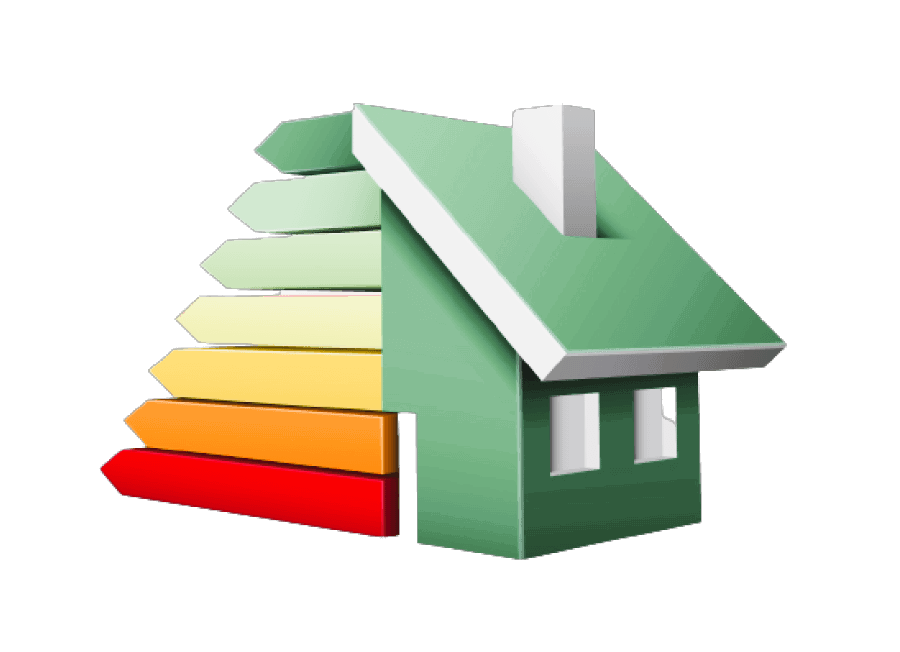In the cold Canadian climate, energy-efficient windows are essential for maintaining comfortable indoor temperatures, reducing heating costs, and promoting sustainability. One crucial component of energy-efficient windows is the type of glass used. Energy-efficient window glass helps minimize heat transfer, improve insulation, and enhance overall energy efficiency. In this article, we will explore what you need to know about energy-efficient window glass, particularly when living in Canada.
1. Low-E Coatings:
Low-emissivity (low-e) coatings are a key feature of energy-efficient window glass. These coatings are designed to reduce the amount of heat transferred through the glass while allowing visible light to pass through. Low-e coatings work by reflecting heat back into the room during cold weather and reflecting solar heat away during hot weather. This helps maintain a more stable indoor temperature and reduces the need for excessive heating or cooling.
2. Insulating Properties:

Energy-efficient window glass typically incorporates insulating properties to enhance thermal performance. Double-pane or triple-pane windows have multiple layers of glass with an insulating gas, such as argon or krypton, in between. These layers of glass and insulating gas create a barrier that reduces heat transfer and improves insulation, minimizing heat loss during winter and heat gain during summer.
3. U-Factor and R-Value:
When evaluating the energy efficiency of window glass, two important factors to consider are the U-factor and R-value. The U-factor measures the rate of heat transfer through the glass, while the R-value indicates the glass’s resistance to heat flow. In Canada, it is advisable to choose windows with low U-factors and high R-values to ensure maximum energy efficiency and thermal insulation.
4. Energy Star® Certification:
Energy Star® certification is a reliable indicator of energy efficiency for window glass. The Energy Star® program, implemented by Natural Resources Canada (NRCan) and the United States Environmental Protection Agency (EPA), sets energy efficiency standards for various products, including windows. Energy Star® certified windows meet or exceed stringent energy performance criteria, providing homeowners with confidence in their energy-efficient attributes. What is the role of windows in indoor air quality? Read more here.
5. Triple-Glazed Windows:
Triple-glazed windows are an advanced option for maximizing energy efficiency in colder climates. These windows feature three layers of glass separated by insulating gas, offering superior thermal performance and reducing heat loss. Triple-glazed windows are particularly beneficial in areas with harsh winters, where they help maintain a comfortable indoor temperature while minimizing heating costs.
6. Solar Heat Gain Coefficient (SHGC):
The Solar Heat Gain Coefficient (SHGC) measures the amount of solar radiation that enters through the window. A lower SHGC indicates less solar heat gain, which is desirable in warm climates to reduce the need for cooling. In Canada, it is recommended to choose windows with a lower SHGC to prevent excessive solar heat gain during the summer months.

7. Standards and Regulations:
In Canada, various standards and regulations ensure the performance and quality of energy-efficient window glass. The Standards Council of Canada (SCC) provides guidelines for window testing and certification, ensuring that windows meet the necessary energy efficiency requirements. For more detailed information on window glass standards and regulations, you can refer to the Wikipedia page on windows.
Energy-efficient window glass is a crucial component of a sustainable and energy-efficient home in Canada. By understanding the features and benefits of energy-efficient glass, homeowners can make informed decisions when selecting windows that promote energy efficiency, reduce heating and cooling costs, and create a comfortable living environment.
